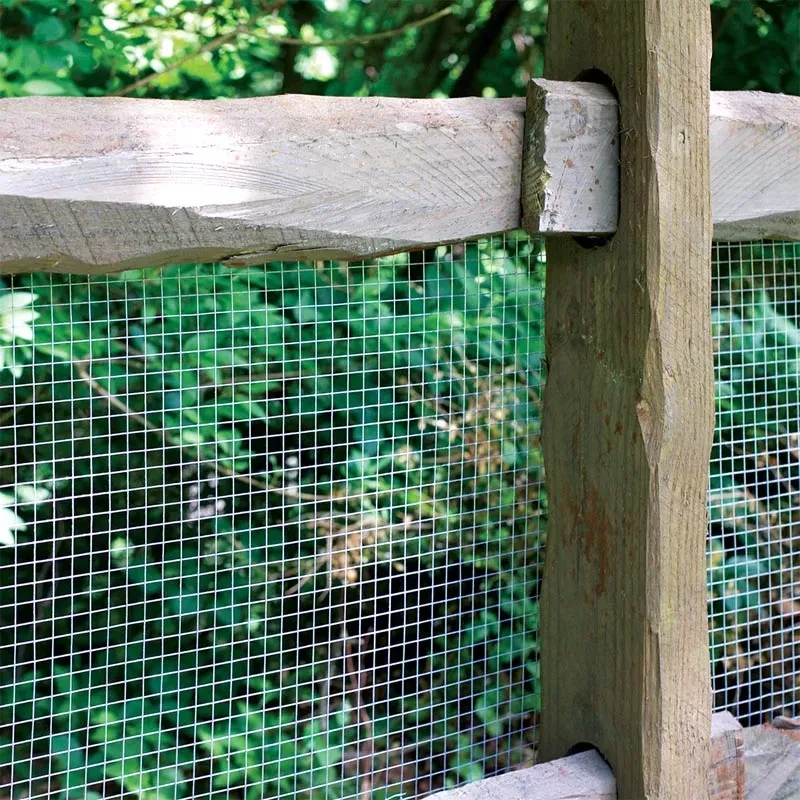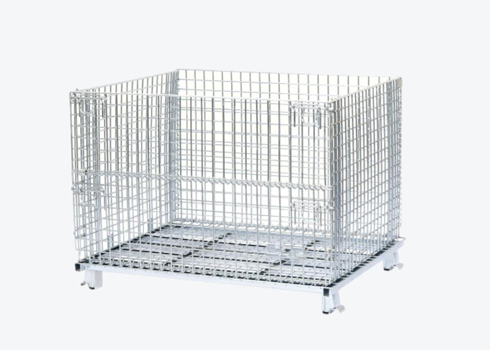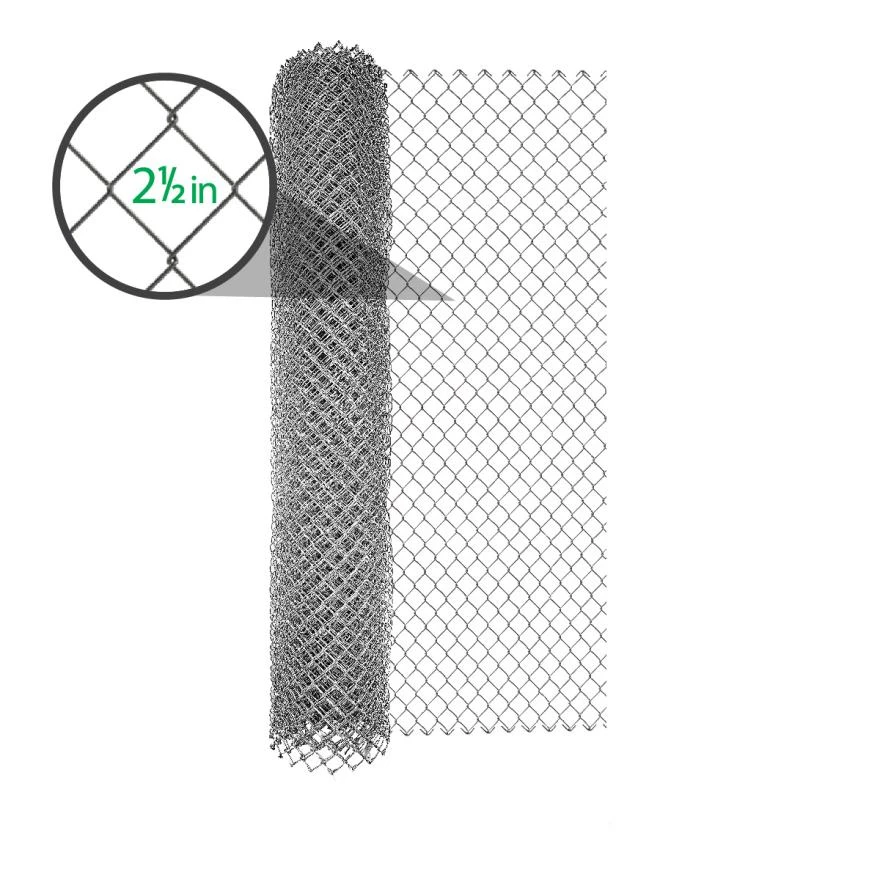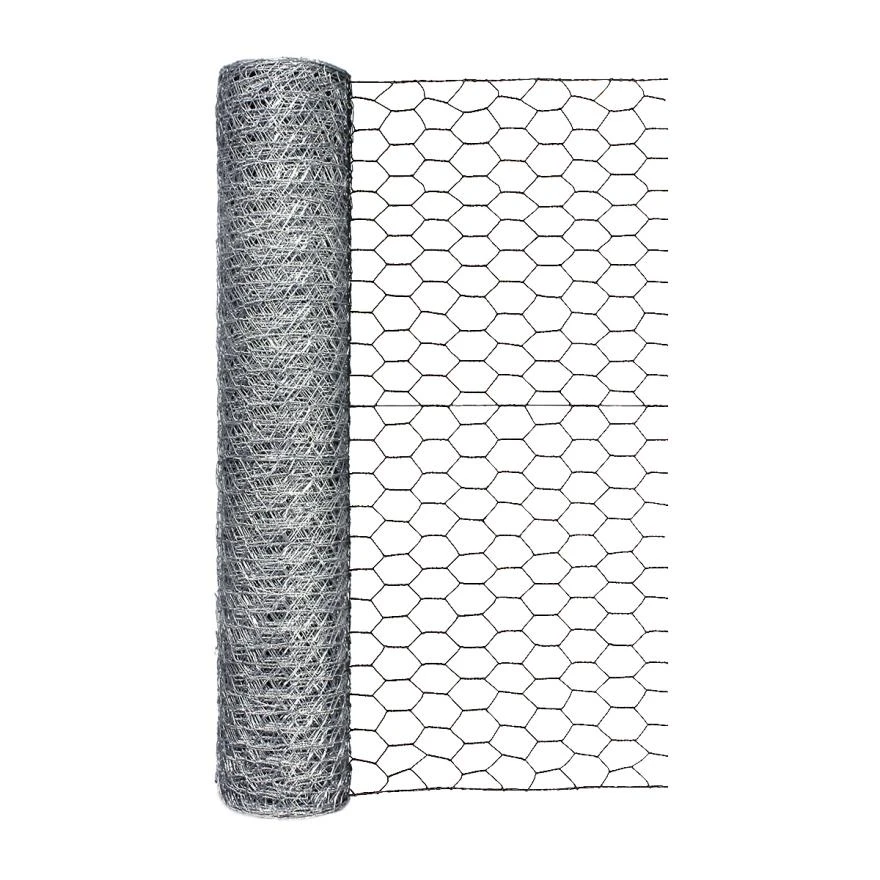Related News
installing t post fence
2月 . 14, 2025 01:20Installing a T-post fence can be a practical solution for creating boundaries, securing livestock, or enhancing the privacy of your property. This type of fencing is particularly popular due to its affordability and ease of installation. However, achieving a successful and durable T-post fence requires more than just putting posts in the ground; it demands precision, proper tools, and understanding the terrain. Below are detailed steps and insights from experienced professionals to help you install your T-post fence like an expert.


Drive the T-posts sufficiently deep into the ground to provide stability—usually about 1/3 of their length. The studs on the T-post should face inwards towards the area you’re enclosing, providing a grip for the fencing material. Once your posts are securely in place, attach the fencing material, which can be wire mesh or barbed wire depending on your needs. Start by fastening the material at one end post, pulling it taut across each subsequent post, then fastening it securely with wire clips. Tension is crucial; a loosely attached fence won’t withstand pressure or adverse weather conditions. Incorporating gates is another factor to consider, especially if regular access through the fence is necessary. Choose gate locations wisely—avoid spots prone to mud or water accumulation. When installing gates, ensure the posts are more deeply set and potentially even reinforced with concrete to handle the frequent opening and closing stress. Regular maintenance checks on your T-post fence prolong its life and effectiveness. Routinely inspect for any sagging sections, rust, or loose wire clips. Prompt repairs prevent minor issues from escalating into more significant problems, maintaining the fence's reliability. A successful T-post fence installation combines careful planning, precise execution, and consistent maintenance. With these strategies, your fence will serve its purpose effectively, offering security, privacy, and structure to your space. Trusting the expertise of seasoned professionals in each stage of the process ensures you avoid common pitfalls and achieve a durable, high-quality result that stands the test of time.









 Unity
Unity Creation
Creation Challenge
Challenge Contribution
Contribution










